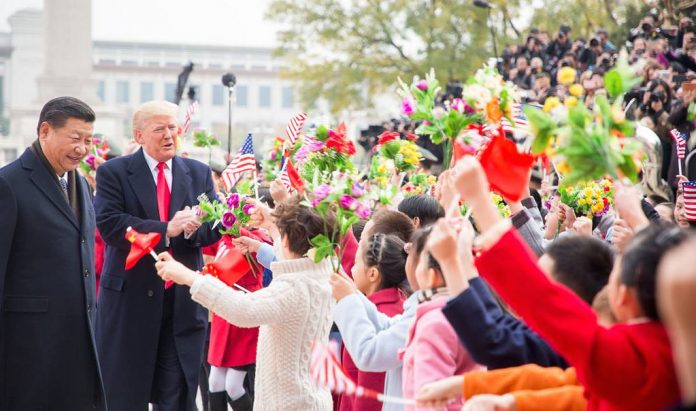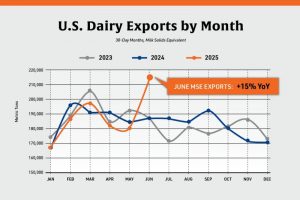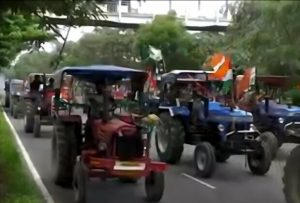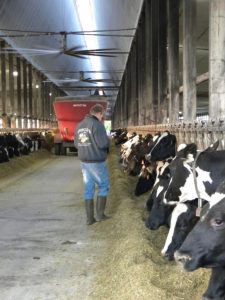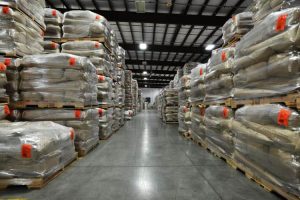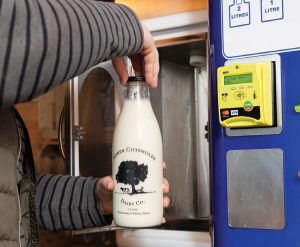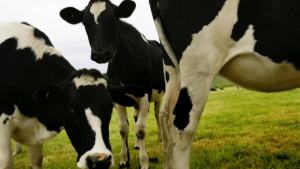
From 30,000 feet, the Port of Los Angeles looks like a child’s toy being unfolded into a multi-faceted Transformer. This blocky, brawny big brother, however, covers 7,500 acres and lies shoulder-to-shoulder with its 3,200-acre little sister, the Port of Long Beach.
Together, these trade titans make the largest American port. By itself, the LA side handled the equivalent of 8.6 million, 20-foot containers in 2023; Long Beach loaded and unloaded a similar amount.
That hyper-volume has kept their 68 miles of waterfront and wharfs packed, stacked and humming month after busy month for decades.
Until this month, that is, as the White House’s on-again, off-again tariffs appear to be on again. That means the LA side “is expecting a 35% drop in imports during the first week of May,” according to its director.
When that expected shortfall is combined with an anticipated slowdown at Long Beach, “(b)oth ports … expect to see nearly 60 blank sailings” — scheduled unloading or loading times that ships now either skip or cancel — ”for the month of May.”
Fewer ships unloading foreign goods means fewer ships to be loaded with U.S. goods. This reality fattens — not trims — the U.S. trade deficit, slows the economy and threatens the 5.6 million U.S. jobs dependent on the goods that move through the two ports every year.
And they aren’t the only West Coast ports being hit hard by the White House’s trade policies. Oakland, Seattle/Tacoma and Kalma, Oregon, are three other avenues for American ag exports headed to China, Japan, South Korea and other Asia-Pacific customers.
And each is substantial in size and dollars. American soybeans, for example, were the third-largest export from the Port of LA in 2024. All told, most of the $12.84 billion in soy exports — or just over half of all U.S. ag exports to China in 2024 — went through West Coast ports.
Given the massive tariffs the White House clings to in its trade war with China, American farmers now face unknowable risks as they plant their 2025 crops.
Recall that before the first Trump administration’s tariff war in 2017, Brazil increased its soybean exports to China by 45% noted University of Illinois ag economist Joana Colussi recently, from 2.5 billion bu. to 3.6 billion bu.
Then, in 2018, when China responded to U.S. tariffs with 25% import tariffs, Brazil’s share of Chinese soy imports peaked at a staggering 82% as the U.S. withered to 18%.
Only after both sides agreed to remove tariffs on soy did U.S. soybean exports to China rebound to a 50% market share, better but still below its pre-2018 level of 60%.
Today, “American soybeans now face double the tariffs in the Chinese market compared to the levels during Trump’s first term,” Colussi explains.
Worse is that “other major trading partners like the European Union are also affected. In fact, all of the top 10 markets for U.S. soybeans have been hit with tariffs.”
But the world outside the careening Trump tariffs continues to operate as normal. Recently, the Brazilian Association of Vegetable Oil Industries, comments Colussi, projected Brazil’s “soybean exports will reach 3.9 billion bu. this year” and “73% are headed to China.”
And post-tariffs — whenever and whatever that might be — American farmers shouldn’t expect to get that massive market back because “Chinese companies are also investing in Brazilian ports, roads and railways.”
Little wonder. After two bitter tariff wars in less than a decade, China now sees Brazil as a better long-term bet for groceries than the U.S.
You can now read the most important #news on #eDairyNews #Whatsapp channels!!!
🇺🇸 eDairy News INGLÊS: https://whatsapp.com/channel/0029VaKsjzGDTkJyIN6hcP1K
